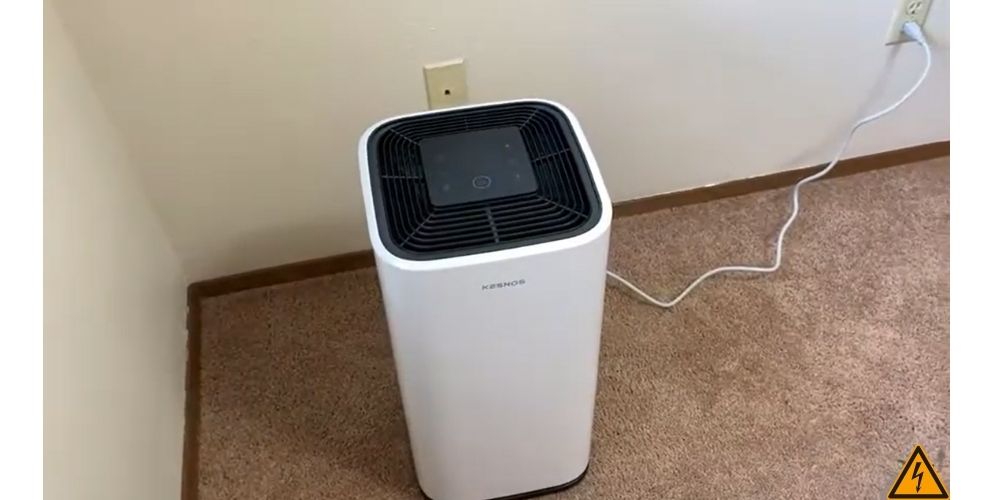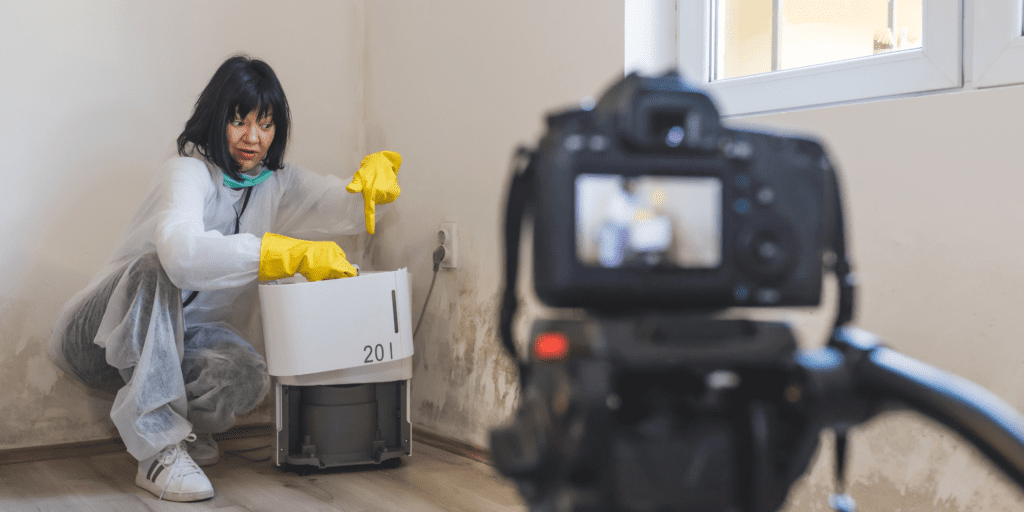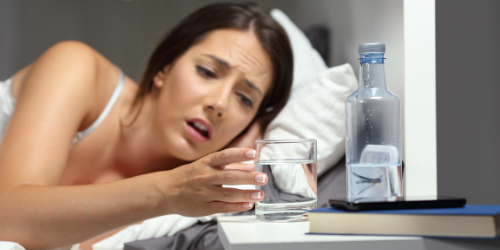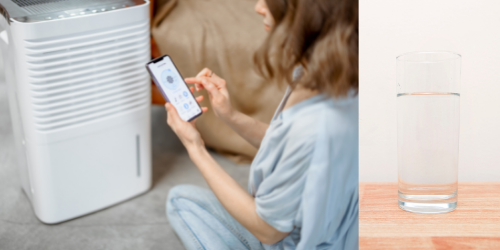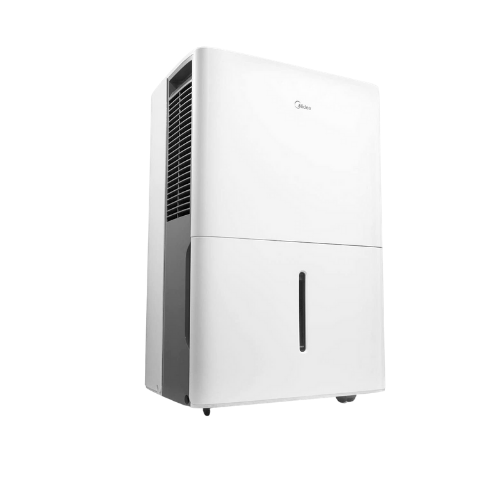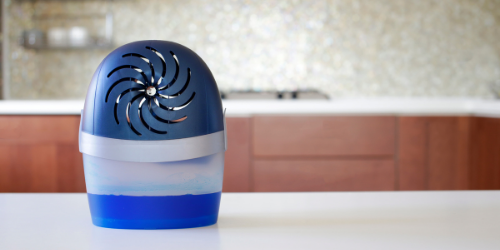How to dispose of a dehumidifier?
3 Key Takeaways:
🚀 Dehumidifiers contain hazardous chemicals such as Freon or Chlorofluorocarbon gas, which can cause damage to the planet’s ozone layer and act as a greenhouse gas.
🚀 Recycling programs are available for dehumidifiers, and it is important to be a responsible citizen and recycle your dehumidifier consciously.
🚀 Common reasons for getting rid of an old dehumidifier include a drop in performance despite multiple services.
Dehumidifiers are essential appliances that can serve as useful in moisture-rich environments. Having a dehumidifier will help you to keep your household free from moisture and its allied problems like fungal growth, bacteria, dust mites, pest insects, rotting, etc. There are many advanced versions of dehumidifiers now available in the market, just like other appliances that keep getting better.
If you happen to have an older model or an old dehumidifier that is no longer efficient and you want to dispose of it, this article is for you.
There are some precautions that have to be considered when you want to dispose of an old dehumidifier. Just like most appliances, this equipment can also be subject to a recycling program rather than ending up in the trash.
Let us head to knowing more information, as a responsible citizen, on how you can recycle your dehumidifier and why there is a need to have it disposed of consciously.
Why you shouldn’t throw away your dehumidifier?
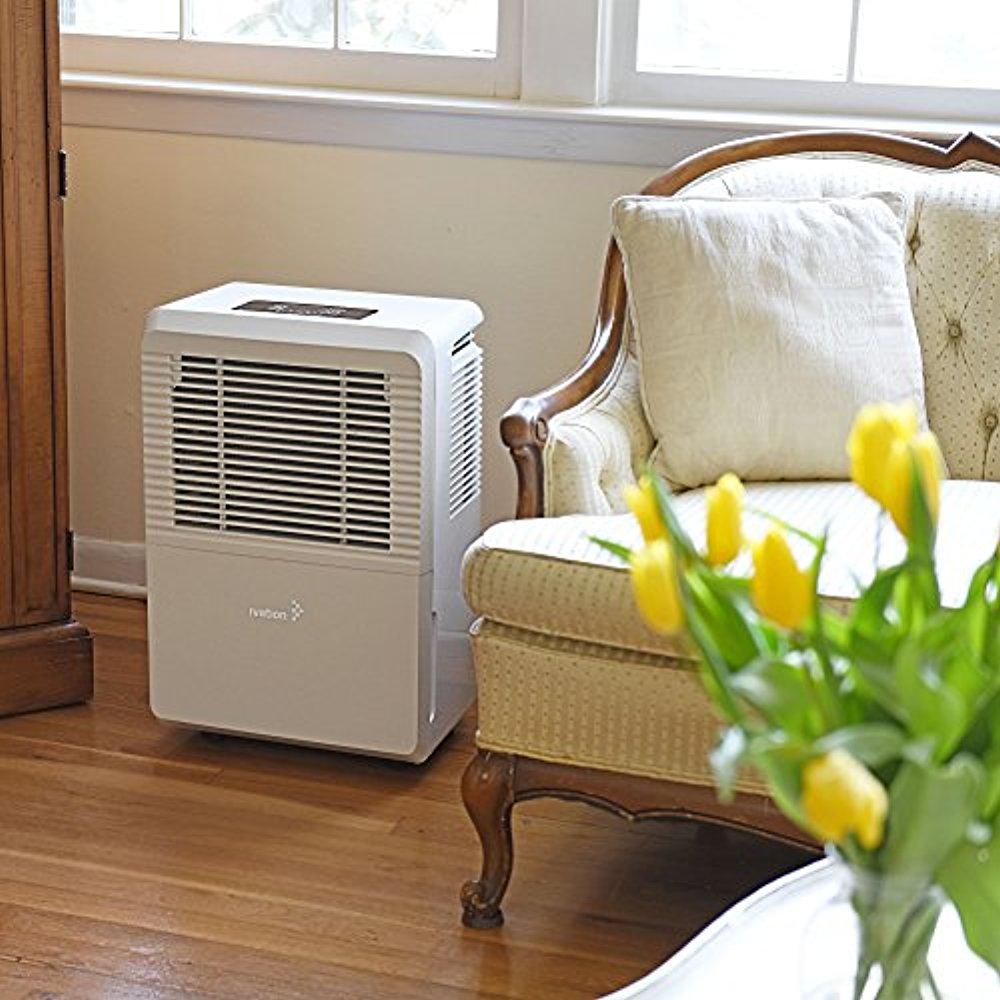
The reason why you should not throw away your old dehumidifier into the garbage or trash is because of the refrigerant it contains. As you know, dehumidifiers are appliances that remove extra moisture from the air by the process of condensation. To do this, the equipment draws in damp air into the unit, runs it over frozen coils, separates the moisture from the air, and sends back the dry air into the room. The moisture from the air is turned into the water via condensation, which the device will collect in the tank below.
Cooling this unit is done with the help of Freon or Chlorofluorocarbon gas, which is a refrigerant. This is the same gas that is also used in freezers, refrigerators, and air conditioners. All old appliances containing Freon require cautious disposal since it is characterized as hazardous waste.
Dehumidifiers contain some type of chemical refrigerant or Hydrochlorofluorocarbon gas (HCFC). They are hazardous chemicals that cause damage to the planet’s ozone layer and act as a greenhouse gas when released into the atmosphere. Since they cause damage to the environment, any old appliance containing these gases must be recycled or disposed of carefully. Freezers, window air conditioners, refrigerators, and dehumidifiers are the most common examples. For this reason, there is a lot of emphasis from environmentalists and from the United States Environmental Protection Agency to practice recycling such items. Everyone is equally responsible to be conscious of preventing any further damage to the planet’s ozone layer.
Common reasons for getting rid of your old dehumidifier
There are several reasons why people determine to get rid of their old appliances. The most common one being an issue with their performance. Here are a few of the reasons why one might decide to get rid of an old dehumidifier.
» The model currently in use does not have the facility to function effectively in moisture-rich environments.
» A drop in performance despite multiple services.
» Failure to extract excess moisture and to keep away pest insects, dust mites, and other allergens in the environment.
» The cost of buying a new dehumidifier seems advantageous rather than spending on service (when there is severe damage to the internal parts of the unit and the service charges would be relatively expensive).
» You have an older model of the dehumidifier and you would like to try the latest companies and models.
» On the lookout for an advanced energy-efficient design. Prefer to conserve energy and prevent shelling money on bills from the utility company.
» A garage sale is on and you consider it a brilliant idea to sell the old dehumidifier for a small fee.
» Simply interested in community service and would like to donate the old dehumidifier that is no longer used.
How to dispose of your old dehumidifier?
Here are some means by which you can carry out the safe disposal of your old dehumidifier without causing damage to the planet’s ozone layer. Recycling dehumidifiers in these ways is not just safe for the environment and the landfill, but it will also bring satisfaction to your household for having taken a responsible step. Let’s take a look at the different options we have for safe dehumidifier disposal.
a. Donate to the needy
Donating is a wonderful step that always pays off. You can try to get in contact with public works in your locality or community to donate your old dehumidifier if it is still in good working condition. There are certainly several donating opportunities in any area that will gladly accept old appliances to be resued.
Look for your nearest Salvation Army or Goodwill that would help you to drop off the dehumidifier with them. Public works services like Salvation Army and Goodwill stores will have a specific department to contact those in need of particular appliances.
b. Talk to the dehumidifier customer support
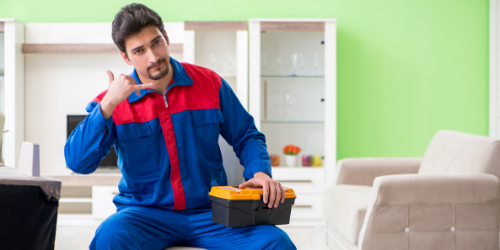
Contact the customer support department of the company from where you purchased your dehumidifier. Discuss with them the various options they present to recycle the appliance carefully.
c. Ask your nearest appliance store
Contact your nearest retailers to sell the dehumidifier if it is in good working condition. They may either present you with a program to recycle the appliance (metal scraps removed before hitting the landfill), or they might be willing to pay a small fee and buy the appliance from you to be resued. Speak to your retailer on the services they have for dehumidifier disposal.
d. Make use of the bounty program
Consult with your utility company if they have any bounty program. In a bounty program, the appliance is checked if it is in good condition, and it will pay you to dispose of the appliance.
In recycling, the hazardous chemicals are removed before the appliance can be recycled. This can be done with help from your local sanitation department. Your dehumidifier’s metal parts will be removed for further recycling and what remains of the appliance will go into landfill. You can determine the best way to recycle or dispose of your old dehumidifier after consulting with your public works officer or hazardous waste facility.
Tips to increase the life of your dehumidifier
✔ Clean the appliance as and when required, especially the air filters and the bucket which will collect the extracted water.
✔ Maintain the internal parts and the external body of the unit.
✔ Replace parts that can be reused even after service.
✔ Adjust the device to operate according to the humidity level and room temperature changes.
✔ Do not run the dehumidifier at a temperature under 60 degrees Fahrenheit.
✔ Do not overwork the dehumidifier.
✔ Pay attention to changes in performance, noise level, water leaks, etc., and fix an appointment for service at the earliest.
✔ Make sure that you have placed the dehumidifier in the right location to improve its performance and maintain the unit in good condition.
FAQ Section
1. Is a dehumidifier hazardous waste?
As aforementioned, the refrigerant contained within freezers, air conditioners, dehumidifiers; is made up of hazardous chemicals and it is illegal to just dump such items into the trash without removing the refrigerant.
Careful disposal of a dehumidifier must be carried out because of its contents.
2. Does Best Buy take old dehumidifiers?
No. It is unlikely that Best Buy will take old appliances that have to be recycled or disposed of carefully, owning to their hazardous waste content.
You can revisit the options discussed earlier if you want to dispose of sell or donate your old dehumidifier.
3. How do you scrap a dehumidifier?
→ The coolant is cautiously removed in a transfer station (carried out by a professional ONLY)
→ The other metal parts are removed.
→ Internal parts are removed.
→ Items that are in good working condition are recycled or reused.
→ The remaining parts of the dehumidifier are sent into landfills.
4. What are some ways to lower the use of CFCs and HCFCs?
When you hire services from the company to look into your appliances containing CFCs and HCFCs, ensure that they have the proper EPA Section 608 certification.
You can buy the latest equipment that uses non-ozone-depleting refrigerants.
Refitting your old appliance to accept non-ozone-depleting refrigerants will also help to lower the use of these harmful greenhouse gases.
Wrapping Up
Hope you found this article on ‘How to dispose of your dehumidifier?’ helpful. Whether you plan on recycling, sell it to companies with bounty programs, or simply donate it to those in need; make an environmentally conscious decision, rather than dumping it in the garbage.
